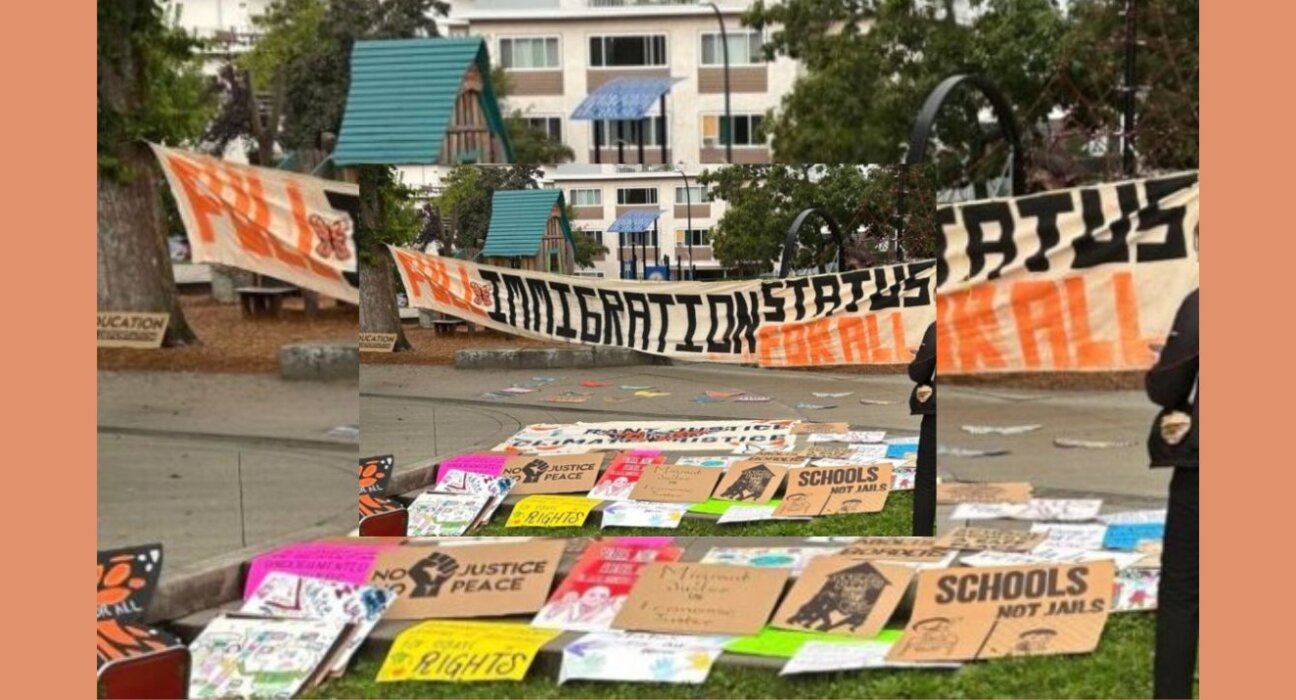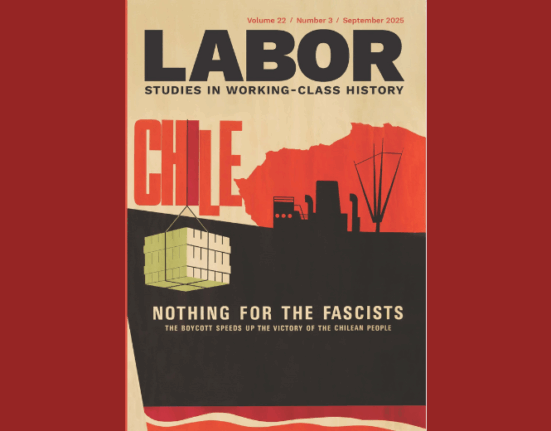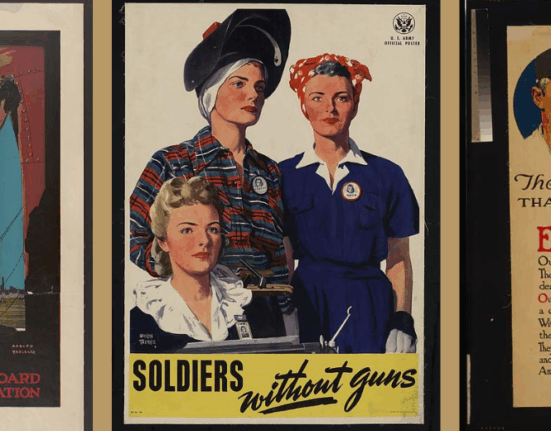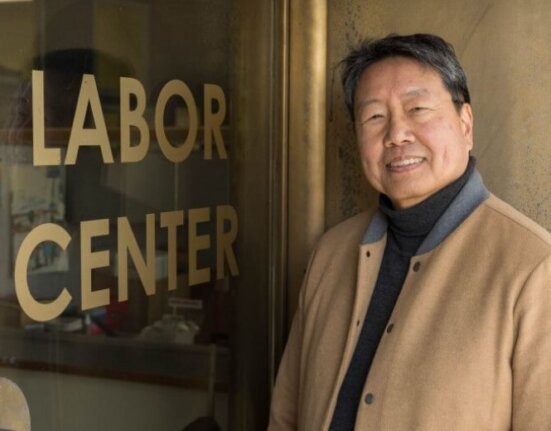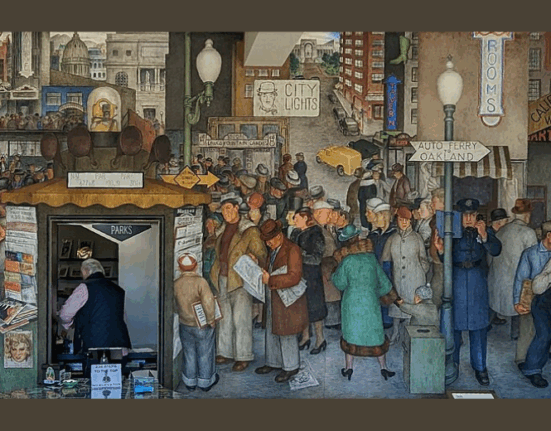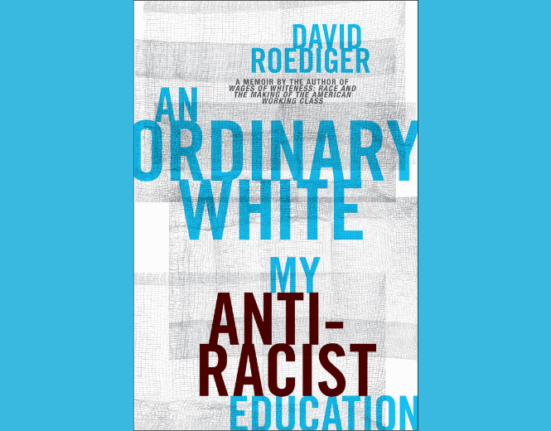Over the past year and a half, Canada has significantly changed its international student policy in an effort to reduce the number of non-citizens in Canada. The country has a long history of welcoming international students, but this has always been motivated by what the government perceived as the national self-interest. Since 2023 the government’s perspective on the national interest has suddenly and significantly changed, leading to efforts to reduce the number of international students entering Canada by more than 1/3.
The effect this has had on Canada’s deeply neoliberal post-secondary education system is dire. Decades of tax cuts for corporations and a corresponding decline in public funding for education has meant post-secondary institutions have become dependent on international students’ tuition, and the Federal cap has carved deep deficits on many campuses. The situation is even more serious for Canada’s vocational college system, which is very poorly funded and has basically been blocked from recruiting international students in the new regime. The result is a crisis across the sector, as institutions that are integral to serving Canada’s working class find themselves terribly underfunded and forced to consider significant cutbacks to both staff and programs.
Decades of tax cuts for corporations and a corresponding decline in public funding for education has meant post-secondary institutions have become dependent on international students’ tuition, and the Federal cap has carved deep deficits on many campuses.
Of course it has been even worse for students themselves. It is not just future international students that have been impacted – the government has also narrowed the pathways to permanent residency for international students who are already in Canada. The country has advertised a path to permanent residency for international students for more than fifteen years, premised on a “three-step” immigration process where students are eligible for a Post-Graduate Work Permit (PGWP) after their studies that is meant to propel them to a successful immigration application. This PGWP period has been called “probationary precarity,” and it is a key recruit tool targeting students who desire permanent residency, while also being exceptionally valuable to Canada’s business sector.
Thus, this is not just a student issue: international students are a vital workforce in Canada, both during their studies and after on the PGWPs. For many years Canada’s government-sponsored slogan for international education was “Study. Explore. Work. Stay,” and students took them up on the offer. 49% of the almost one million migrant workers in Canada in 2021 were either students, the spouses of international students, or PGWP holders. During the pandemic the government turned to international students to fill labour shortages, extending the number of hours per week that students could work during their studies and giving PGWP holders extensions as well. As part of this, the government suggested it would expand and clarify the pathway to permanent residency. But with the pandemic labour shortages over, the government has abandoned that commitment and instead has announced they expect student-workers to leave the country when their visas expire. More than 100,000 former students will be in that situation in 2025, after many of them have spent the greater part of a decade in Canada, building lives, paying taxes, and contributing to their community and the Canadian economy.
The result of all of this haphazard and cruel policy change is that a genuine crisis is brewing. On the one hand you have rapidly declining attitudes towards immigration among Canadians. This change in attitude, driven by the rise of an anti-immigrant right in Canada (as elsewhere), has made being tough on immigration seem like good politics for the governing Liberal party. On the other hand, you have systems, including both the immigration and post-secondary education systems, that have become totally dependent on exploiting international students in order to fill quotas and pay the bills to operate educational institutions. Caught in the middle are hundreds of thousands of students and graduates, many of whom simply want what they believe was promised to them by Canada and their alma maters.
Impressively, these students are fighting for recognition and their rights. Protests have taken place across Canada this fall, but the epicentre is in Brampton, Ontario, where a group of international students and migrant workers called the Naujawan Support Network have formed an encampment that has stood for more than 100 days. It recently received endorsements from Ontario’s labour federation and dozens of other labour groups as the students fight for extensions to permits and clearer pathways to permanent residency.

Canada has a long history of mistreating non-citizens within its borders, and this current round of policies is the latest example of a set of practices that can be traced back to the Chinese Head Tax of the 19th Century. Then radical labour organizers argued that workers had to see through the nationalism and racism their bosses used to break solidarity, to see that their interests were aligned as a class. 130 years later we face a similar challenge in Canada, including in higher education. It is vital that we resist the racism, nationalism and border imperialism that animates discussions about international students, and that we recognize that their mistreatment and the starvation of public services in Canada come from the same root cause, the particular form of neoliberal capitalism that dominates Canadian life today.
:Header Photo taken by author at a rally in Vancouver, BC, Canada, Sept. 14, 2024.
Author
-
Dale M. McCartney grew up working class on Vancouver Island, and initially studied labour history. He used what he learned to work as a labour educator and consultant on public labour history projects, but his life was changed by working at a pathway college for international students. There he learned about the scale of international education in Canada, and the vulnerability of international students to exploitation and mistreatment. Since then his research has focused on the history of international student policy in Canada, in an effort to make education more just, more democratic, and more accessible.

